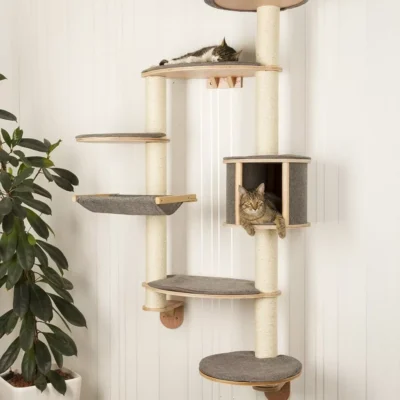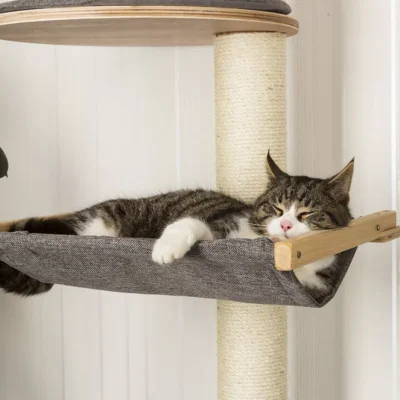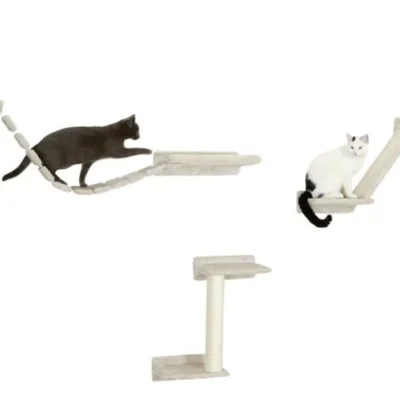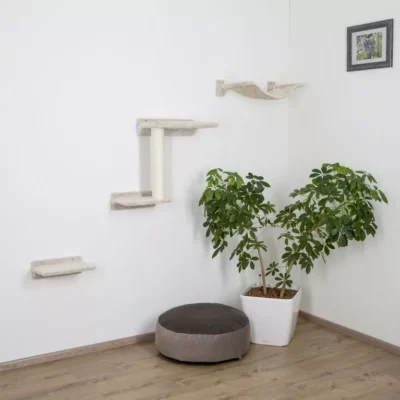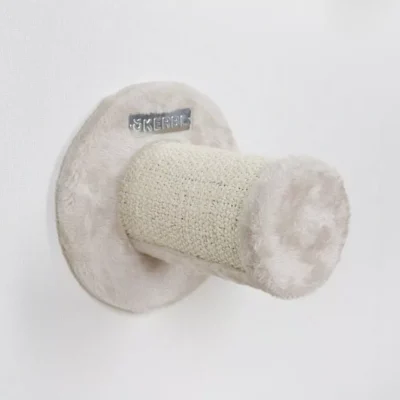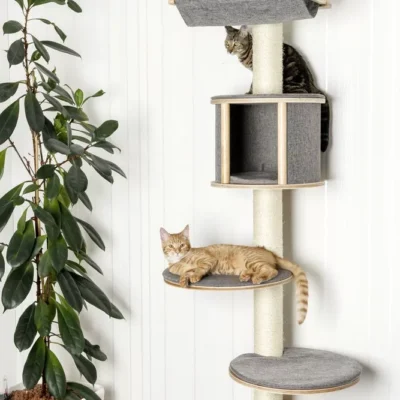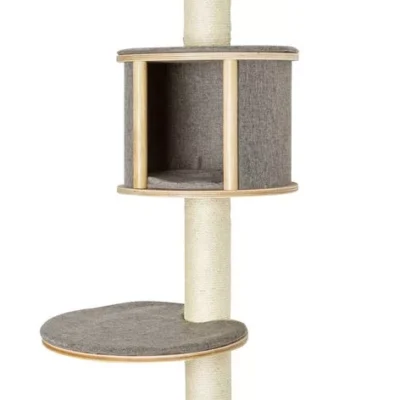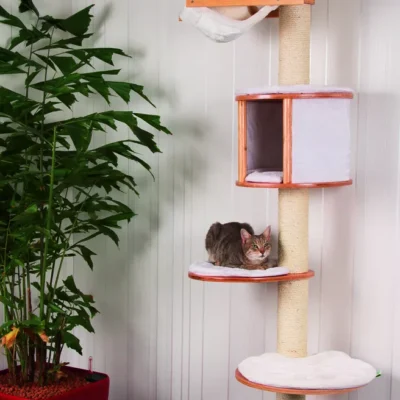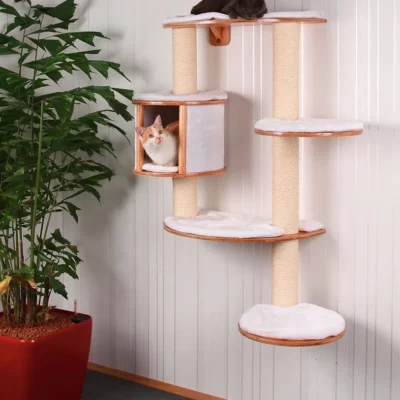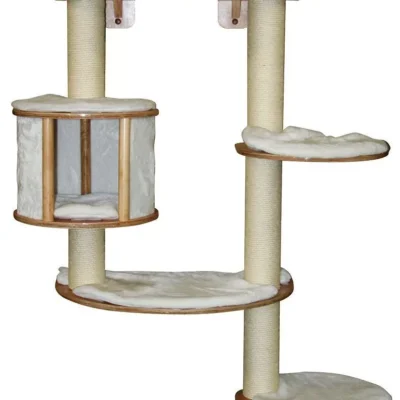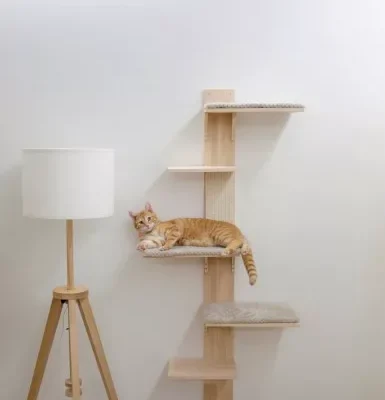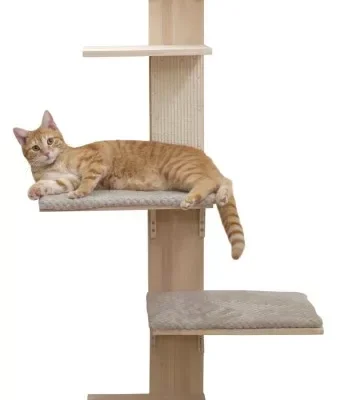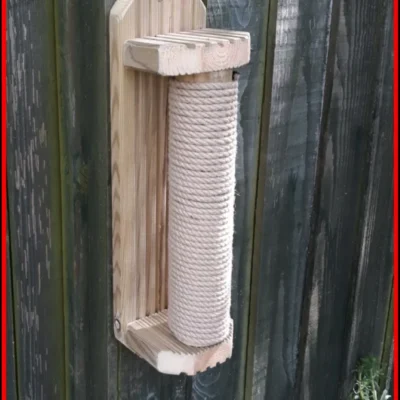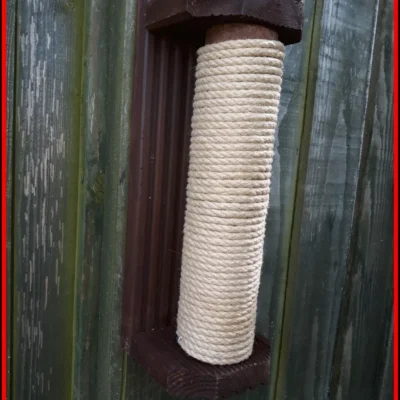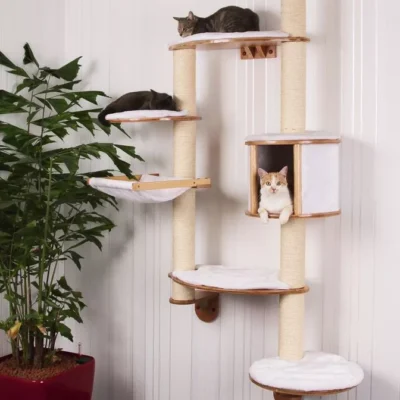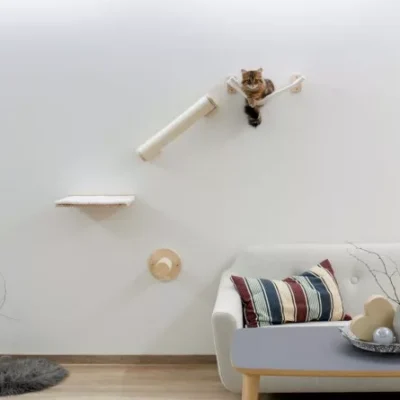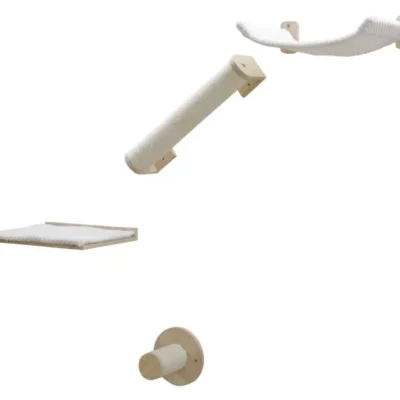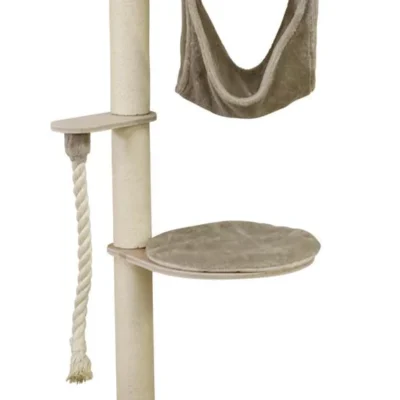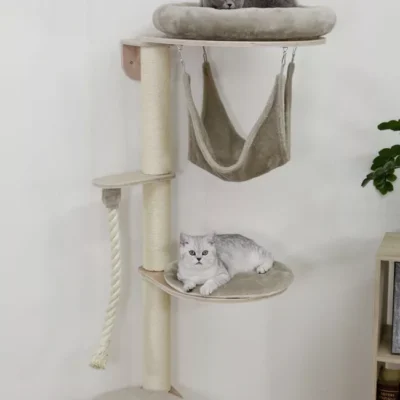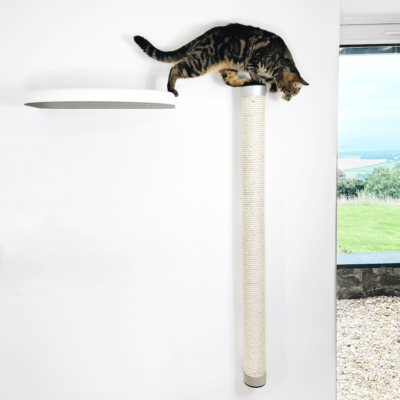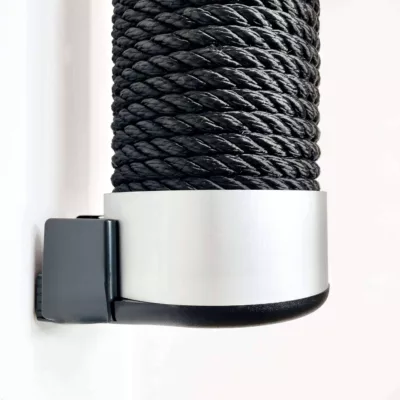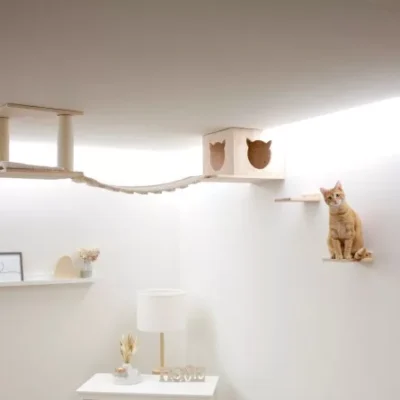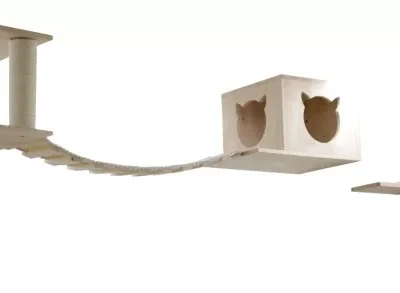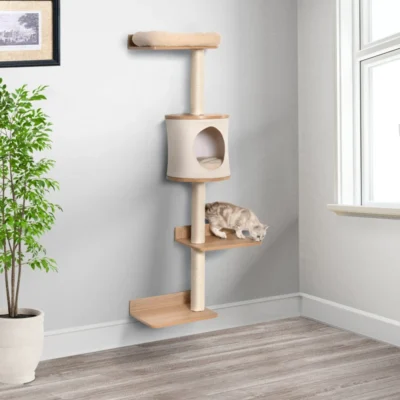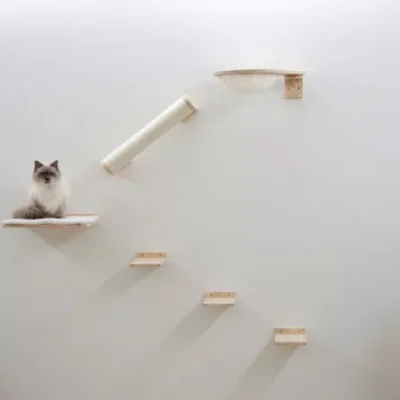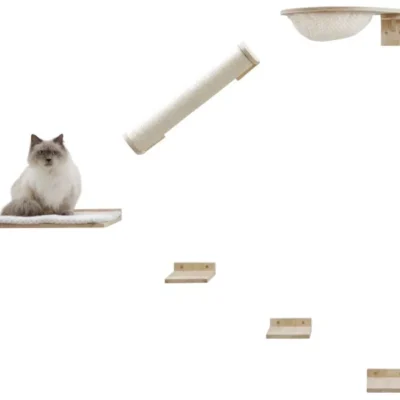0
Cats, as endothermic mammals, possess the remarkable ability to maintain a stable internal body temperature, a critical factor for their survival and health. This capability is a fundamental aspect of their physiology, enabling them to adapt to various environmental temperatures.
Feline biology is intrinsically designed to manage different temperature conditions effectively. Several key factors contribute to how cats regulate their body temperature. These include their fur’s density, their body size, metabolic rate, and inherent behaviors.
The normal body temperature range for cats is slightly higher than that of humans. A healthy cat’s body temperature typically ranges from 99.5°F to 102.5°F (37.5°C to 39.2°C). However, this range can vary slightly from one cat to another, influenced by individual factors such as age, activity level, and overall health. Deviations from this temperature range could signify health issues, necessitating veterinary attention.
Cats have various natural adaptations that facilitate temperature regulation. Their fur, particularly noticeable for its density, is a primary adaptation. With different layers, including a dense undercoat, the fur serves as insulation against cold. In warmer climates or during hotter seasons, cats shed part of this fur to aid in cooling down.
Behavioral adjustments also play a significant role in temperature regulation. Cats instinctively seek warm places and curl up to conserve heat in cold conditions. In contrast, they look for cool, shaded areas and stretch out to dissipate heat in warmer environments.
Metabolically, cats can adjust their rate to suit temperature changes. They may increase their metabolic rate in cold conditions to generate more body heat. In hot weather, their metabolism might slow down, reducing internal heat production.
Cats utilize vasodilation and vasoconstriction to regulate body temperature. These processes involve the expansion and contraction of blood vessels, respectively. Vasodilation occurs in warm temperatures, allowing more blood flow to the skin to release heat, while vasoconstriction happens in cold temperatures to conserve body heat.
Unlike humans, cats have limited sweat glands, primarily located in their paw pads. They primarily rely on panting and grooming for cooling. When grooming, the evaporation of saliva from their fur aids in reducing body temperature.
Understanding these physiological characteristics and adaptations is crucial for cat owners. It enables them to provide appropriate care, especially under extreme weather conditions. Responsible cat ownership involves ensuring access to shade, fresh water, warm shelter, and monitoring for signs of overheating or hypothermia, thereby maintaining the well-being of these adept and adaptable animals.
Cats and Their Sensitivity to Cold
Cats interact with cold temperatures through their sensory capabilities and physical reactions, influenced by their unique physiology.
Their sensory responses are highly developed. Cats use their whiskers and fur, which are extremely sensitive to changes in air temperature and currents, to detect environmental shifts, including drops in temperature. When it comes to physical reactions, cats experience changes like piloerection, where their fur stands up to trap more air for insulation. They may also show signs of vasoconstriction, a process where blood vessels near the skin’s surface constrict to minimize heat loss.
In response to cold, cats exhibit behaviors aimed at conserving body heat. They instinctively seek out warm spaces, such as sunny areas, heating vents, or snuggling into cozy blankets. On colder days, it’s common to find them gravitating towards heat sources or enjoying sunlit spots.
One of the most typical behaviors is curling up into a tight ball, reducing their body’s surface area exposed to the cold, which helps in heat conservation. Another noticeable behavior is reduced activity; cats tend to lower their activity levels in cold temperatures, conserving energy and maintaining body heat, often resulting in them sleeping more during cold spells.
Breed and age also play a significant role in how cats respond to cold. Breeds with dense or long fur coats, like Maine Coons or Siberians, are naturally better suited to cold climates due to their insulating fur. In contrast, breeds with short or no fur, such as Sphynx cats, are more susceptible to cold and may need additional warmth. Similarly, age affects cold sensitivity.
Kittens, with their still-developing thermoregulatory systems, and elderly cats, who may have a decreased ability to regulate body temperature due to age-related health issues, are more vulnerable to the cold. Additionally, cats with certain health conditions or those that are underweight might have a reduced capacity to withstand cold temperatures.
In conclusion, comprehending how cats perceive and react to cold is vital for cat owners, particularly in ensuring their pets’ comfort and safety in colder weather. Providing warm bedding, ensuring indoor temperatures are adequately warm, and giving special attention to the needs of different breeds and age groups are key measures to help maintain their well-being in colder environments.



